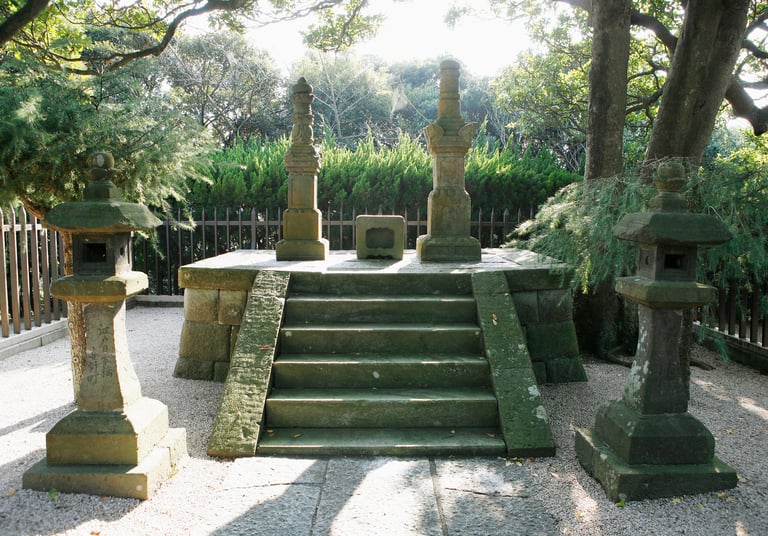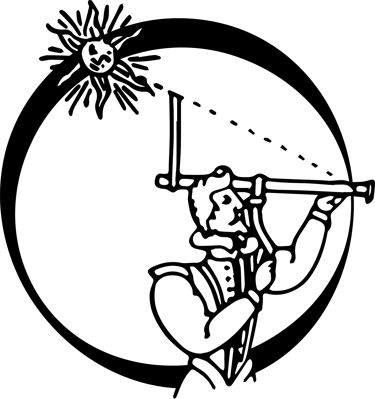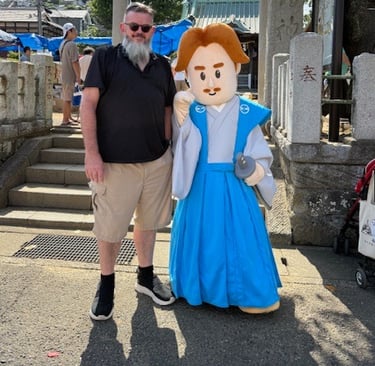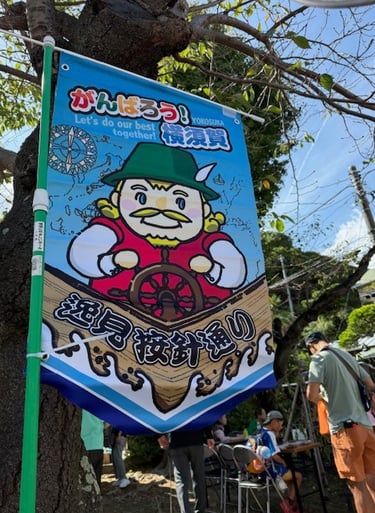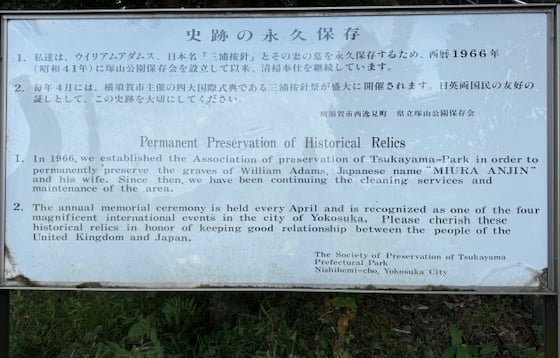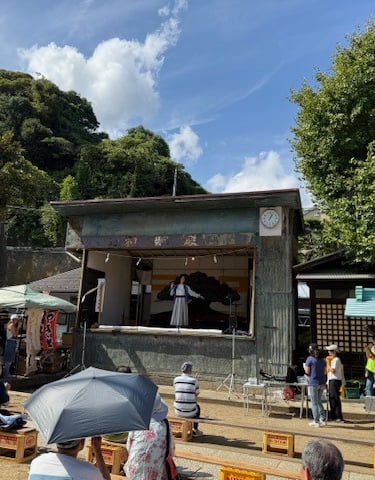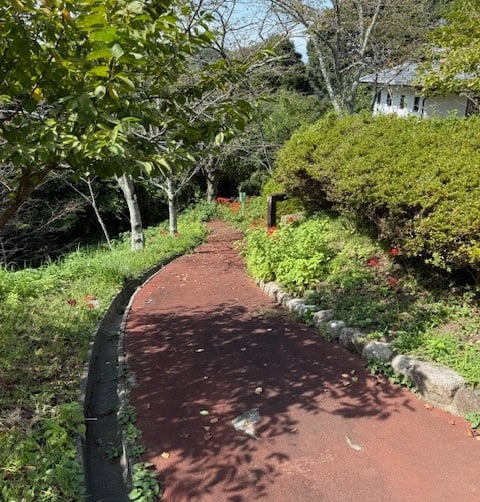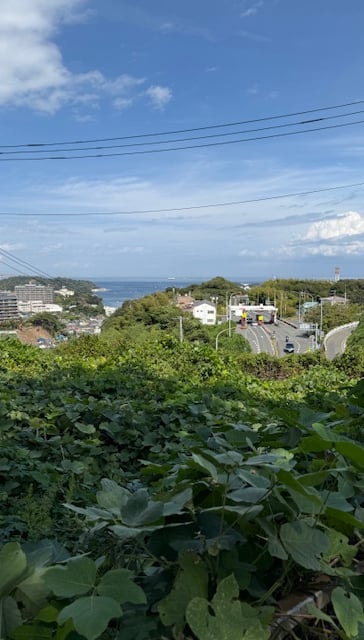TRACING WILLIAM ADAMS' FOOTSTEPS
Yokosuka, Kanagawa Prefecture
Tokugawa Ieyasu rewarded William Adams’ loyalty with the status of hatamoto, a high-ranking Samurai in the direct service of Tokugawa shoguns. This status also came with a fief, which for Adams was at Hemi in Yokosuka on the Miura Peninsula just south of Tokyo. A grave to Adams’ Japanese wife, Oyuki, and children is found here in a quiet park on a hill but otherwise there is little to remind us of his connections except in the name of two railways stations, Hemi and Anjinzuka, on the Keikyu Railway, which connects the peninsula to Yokohama, Kawasaki and Tokyo. Anjinzuka is derived from Adams’ Japanese name Miura Anjin and tsuka (elided into zuka) which means mound or hill.
These days, Yokosuka is best known in Japan for being the home of the United States Seventh Fleet. Adjacent to the naval base is Mikasa Park named after the flagship of Admiral Heihachiro Togo a hero of the Russo—Japanese War (1904-1905). The battleship, which was built by Vickers at Barrow-in-Furness in England between 1899 and 1902, is on permanent display here adding an unusual and interesting continuity between Adams, Yokosuka and the UK.
Kashima Shrine was rebuilt after 1870 when its original site was requisitioned for use by the then-new naval base at Yokosuka. That land had formally been part of Adams’ fief—called Hemi, and this was the local shrine. It had been rebuilt in 1633 on that site using funds provided by Adams’ son Joseph. The present site was the land on which Adams had built his yashiki, or manor house.
Nearby is Kamakura, which is famed for its Zen temples, Great Buddha, seaside ambience and surfing community. Apparently, Adams visited the Great Buddha with his crew mates and was less than pleased with their antics at this sacred site. Yokohama was developed by the Japanese as home to the expatriate community which started to arrive after the opening up of Japan to the world in 1868. Today, it is a vibrant city that still resonates with a strong international feel, especially in its Yamate district, and many non-Japanese make it their home to this day.
For more details:
https://www.guidoor.jp/yokosuka/
Adams' family grave in Yokosuka. Credit: Wikimedia
